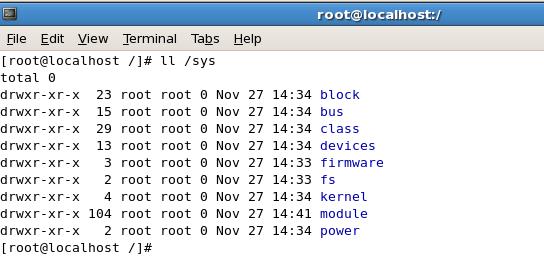How to install Open LDAP on Linux System?
# yum search openldap-server
The above command will list all the packages that are matched with the “openldap-server”. The version of the package is based on the Linux version installed on the system.
yum install openldap-servers.i386
The above command will install the LDAP server and its dependencies.
How to start the LDAP server?
Here is the 3 ways to start the LDAP server.
# service ldap start
# /etc/init.d/ldap start
# /sbin/service ldap stop
How to stop the LDAP server?
Here is the 3 ways to stop the LDAP server.
# service ldap stop
# /etc/init.d/ldap stop
# /sbin/service/ldap stop
How to check LDAP server is running on the Linux system?
Here is the 3 ways to check the status of the LDAP server.
# service ldap status
# /etc/init.d/ldap status
# /sbin/service/ldap status
What is the default port for the LDAP server?
The default port over TCP is 389. LDAP over SSL is 636.
How to change the default port of the LDAP Server on Linux System?
How to uninstall the LDAP from the Linux system?
yum remove openldap-servers.XXXX (where XXXX is the version of the LDAP package)
Example: # yum remove openldap-servers.i386


















